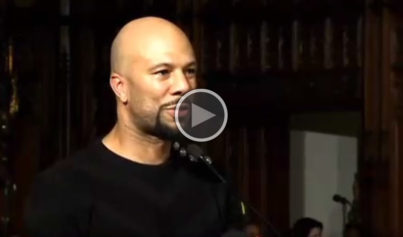Have you ever really thought about your experience(s) with falling in love? Have you ever analyzed what your “head over heels” attachment style communicates about your needs, your level of maturity, or you as a person? Nearly every person has at least one experience, if not several, of falling in love, with most people regarding satisfying love relationships as essential to their own happiness.
Falling in love is when the strong desire for a close, romantic relationship with a particular individual sets in. Some theorists hold that falling in love contributes to one’s identity development and personality integration, while others focus on its undesirable aspects and its irrational, addictive, basically neurosis-like, forms.
Ancient Greeks hailed love as a dualism of the body and soul, a conceptualization that still plays heavily into Western thoughts on love. The body’s love springs from the groin and is considered the lusty, carnal, biological aspect of love meant to encourage reproduction. Despite such evolutionary purposes, this more private, playful side of love has been deemed sweaty, noisy, fleshy, and dirty.
Spiritual love, however, is the purer side of love, originating in one’s heart, mind, and soul, and becoming lyrical, romantic and public as lovers fall for each other. Together, this dualism becomes limerance, the “intense emotional state of falling in love and being love-smitten.” It’s often accompanied by a roller coaster of emotional highs and lows influenced by the perceived course of events with a beloved.
In The Art of Loving (1956), Erich Fromm holds that love is an art that must be learned and practiced. When immature, love consists of a dependent relationship between two individuals. When mature, love is characterized by responsibility, care, respect, and knowledge of the beloved. Lovers are able to preserve their individuality and integrity while in this state. Whether mature or immature, erotic love involves a craving of total, exclusive, enduring union with another.
Theorists since Fromm have captured this dichotomy in other ways. Abraham Maslow (1968) explained it as B-love (being love) – that of having an unselfish in love for another – and “D-love” (deficiency love), involving a selfish, strong need for love. If pressed, many lovers would admit that their “in love” relationship balances on a tight wire between the two, a sentiment explained by Blau’s (1964) exchange theory of love.
It characterizes love’s development as needing a good balance of mutuality and consistent rewards exchange between partners. Such, then, begs the question of what are you getting versus giving when analyzing your in love affairs. The answer to that says a lot about you.
Fromm holds that, for most people, issues with love revolve around how to be loved and how to be lovable rather than their capacity and ability to love. Everyone is trying to offer – and attain – an attractive “package of qualities.”
For men, love is sought through their ability to be successful, powerful and wealthy. For women, it is through their attractiveness, like body and dress, which is used to lure love.
Read more: Yvonne K. Fulbright PhD, PsychologyToday


